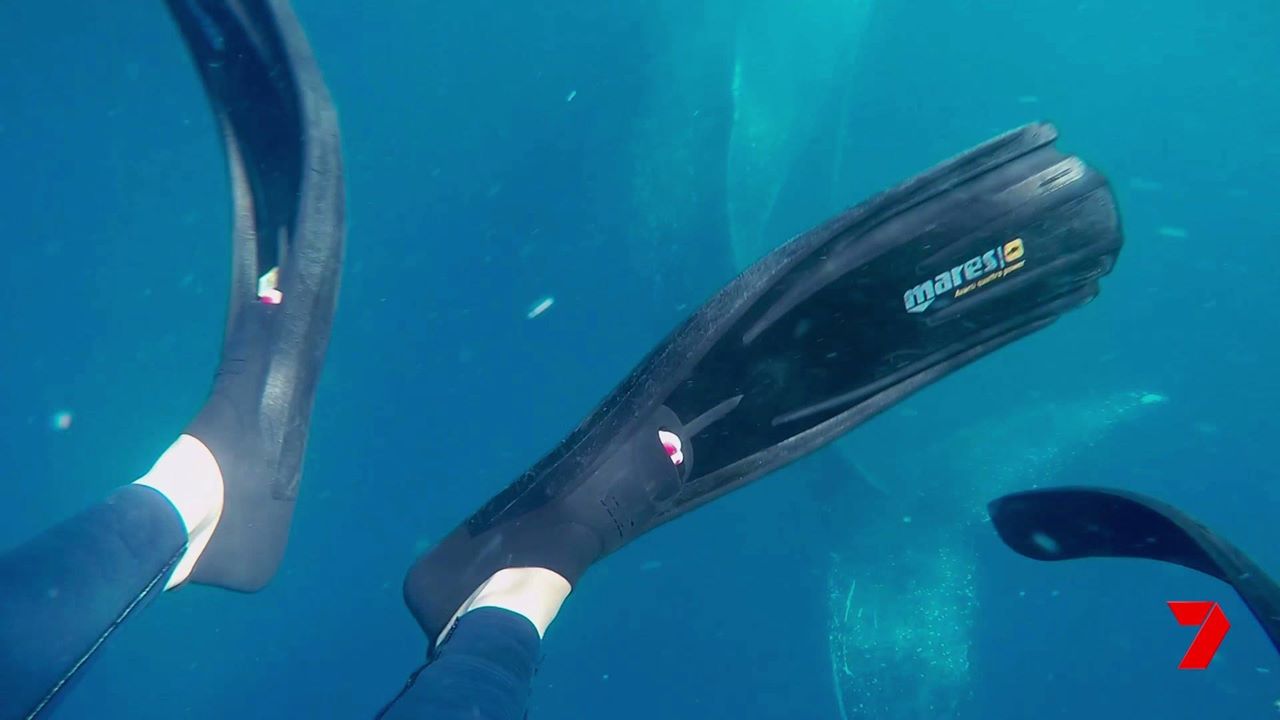
The opportunity to swim with a humpback whale is a rare and very special one – something that people who have experienced it have described as “life changing”. “Its truly incredible to that one of the largest of mammals in our oceans is so graceful and gentle – they are just so trusting of human beings. They seem as intrigued by us as we are of them and glide effortlessly around us, with such a gentleness that it’s like they recognise our fragility in comparison and know we are there out of wonder and respect.”
The SunReef whale swim is a natural experience and it is 100% on the whale’s own terms. Whales are known as curious creatures so they may come over towards us or they may just swim past or away. Either way it’s an experience you will never forget. It is also a case of looking but not touching these wondrous creatures.
As whales are wild animals there are rules that apply to watching them – then again we are in their environment.
Caution zones
The ‘caution’ zone is an area surrounding a whale or dolphin in which boats cannot travel at speeds of more than six knots or speeds that create a wake. The caution zone extends out 300 metres from a whale, and 150 metres for a dolphin.
No approach zones
Within a caution zone there are areas designated as ‘no approach’ zones that boats cannot enter. These are the areas closest to an animal and directly in front of and behind an animal. For a whale, the no approach zone surrounds the animal for 100 metres and extends 300 metres in front of and behind the animal. For dolphins, the no approach zone surrounds the animal for 50 metres and extends 150 metres in front of and behind the animal.
The ‘3-boat rule’
A boat cannot enter a caution zone if three boats are already present within the caution zone of an animal. If there are boats waiting to enter a caution zone, boats inside the zone should ‘share the water’ by moving away after they have had an opportunity to watch a whale or a dolphin.
Current Rules for watching marine mammals can be found on the Department of Environment and Science website.